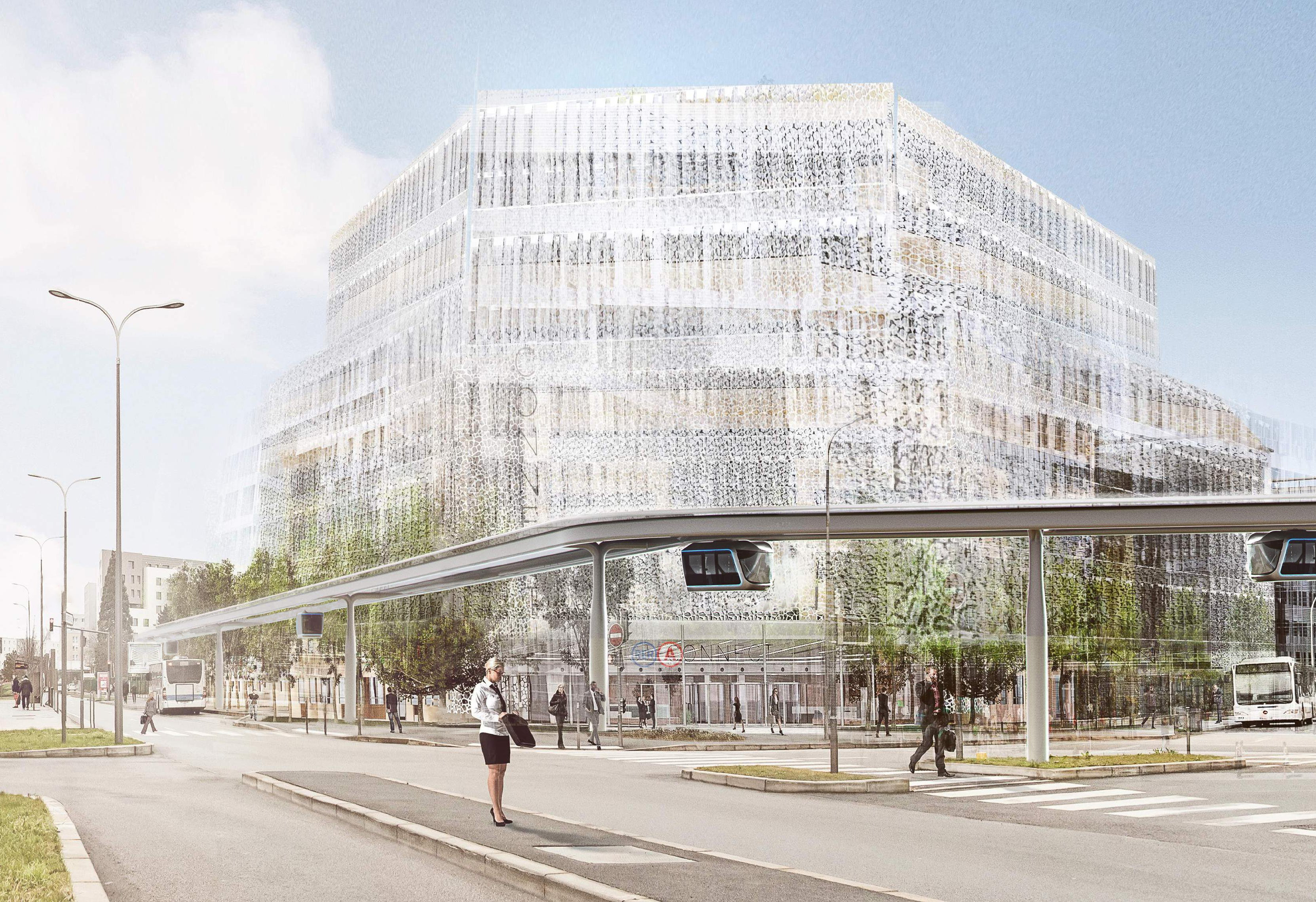By continuing your navigation, you accept the use of cookies to provide you with links to our partners' sites, interactions with the social networks that we use, and to compile statistics on the use of our website. Learn more
Allow cookies and see the content.
Traditional urban public transportation, as a consequence of promoting mainly car transport, is being penalized by urban congestion. These times are now over. Tomorrow’s urban systems will need to recover fluidity to meet passengers’ expectations, by integrating multi-modality, new emerging friendlier technologies, fleet sharing and dedicated aerial corridors.
Public transport is indebting cities, without really offering users the quality of service they might expect. It has become imperative to invent newer more rapid and more comfortable systems, available 24/7 and easily accessible to everyone.
Our cities are increasingly subject to higher pollution and densification. Future urban mobility will require renewable energy, based on clean and affordable technologies.
XXI century’s transport systems must provide the highest safety level to remain attractive, while maintaining also a level of cost control. Supraways transportation system design integrates all available technologies to reach the expected safety level.
Current urban public transportation, weigh heavily on public finances (for instance, in 2014 they contributed to 70% of France’s subsidies). It is urgent to review current economic models, to stop increasing the cities’ debt level by implementing less expensive transportation modes, requiring lower public subsidies or even being profitable
In order to fight congestion in an environment of continuous urban sprawl, cities have mostly focused their efforts on two domains: organizing transport systems on their own dedicated networks (Tramways, BRTs, dedicated bicycle lanes, peripherals, etc.), and in rare cases, restricting car usage by imposing tolls. However, given the service quality the coverage level of current urban public transport, does not meet expectations. Moreover, congestion and pollution continue to break new records every year, all over the world.
A second area exist for urban mobility: overhead corridors, running over public spaces. The clever usage of this area by a high level of service transportation mode would ensure to the users, fluidity, speed and sensations while allowing ground space rearrangement.
